Did you know that suffragist Alice Paul ran a teahouse, The Grated Door,” in Washington, DC? The story.
We ran this story previously, and there have been requests for another round.
Alice Paul always had her tea set ready for special occasions at the National Woman’s Party as part of entertaining guests involved in the lobby effort for the 19th Amendment to the U.S. Constitution.
Zoe Nicholson offers a program about Alice Paul, and it’s perfect for a special program for schools and organizations.
Did you know that oolong tea was activist Lucretia Mott’s favorite? And suffragist Alva Belmont built a Chinese teahouse that was used for suffrage gatherings. The Chinese teahouse was an opportunity to show off Belmont’s specially designed Votes for Women china.
Video Link. From Suffrage Wagon News Channel
The relationship between hot tea and the suffrage movement is highlighted in a two-part article by author Kenneth Florey. Part I. Part II. We made traditional Chinese fortune cookies to serve with hot tea for the Chinese New Year at Suffrage Wagon Cooking School. Cookie promo video. Article about how suffrage centennials and tea are related.
A cup of hot tea with your suffrage history lesson!
by Kenneth Florey
That there was more than a casual connection between tea and suffrage activism is undeniable. Suffragists organized tea parties to promote their cause and to raise money, as evidenced by many of the state reports that appear in Volume VI of The History of Woman Suffrage, a work that was originally conceived by Susan B. Anthony and Elizabeth Cady Stanton.
Further references to suffrage tea parties are scattered throughout the pages of the Woman’s Journal, where they are sometimes held up as models to advance “votes for women.” The Woman’s Journal, the most popular and longest lasting of all suffrage publications in America, was for a time the official organ of the National American Woman Suffrage Association and the main periodic source for all things suffrage related.
SPECIAL BRAND OF TEA FOR SUFFRAGE EVENTS AND FUNDRAISING
But there was also a manufacturing component involved, and “suffrage tea,” along with its ancillary products, was sold to the general public and proved to be a successful fundraiser. During the California campaign of 1911, for example, the Oakland Amendment League had a suffrage booth at the Cherry Festival at San Leandro where they dispensed, among other items, “Equality Tea.” This tea was a special brand for the campaign manufactured for the Woman Suffrage Party that was also sold by other organizations to raise money at their events.
The Pennsylvania Woman Suffrage Association advertised their own “Suffrage Tea in a Special Box” for fifty cents. In England, the Women’s Social and Political Union began selling in 1910 “Votes for Women Tea” in half pound and one pound packets. When WWI began, the English movement, which produced a greater variety of suffrage memorabilia than did its counterpart in America, placed a semi-halt on the sale of artifacts, perhaps considering novelty items to be inappropriate during darker times.
Suffrage tea was an exception and continued to be offered through suffrage periodicals. It is unfortunate that given its ephemeral nature, no tea, or even its attendant packaging, appears to have survived from the period, although one hopes that some examples may as yet emerge.
SUFFRAGE TEA CUPS AND TEA SETS, MOSTLY ENGLISH
There are a number of suffrage tea cups and tea sets known, but most of them are English. The National American Woman Suffrage Association did offer for sale in its 1915 catalog a demitasse cup and saucer for fifty cents each that were embellished with the words “Votes for Women” on a small, elegant gold rim. The setting was made for them by Hutschenreuther Selb Bavaria and imported by the Art China New York Import Company. Alva Belmont, Newport socialite and founder of the Political Equality Association, sold a small creamer for twenty-five cents that was inscribed “Votes for Women” in cobalt blue at the suffrage shop that was connected to both her headquarters and the Association’s lunchroom in New York City.
The Women’s Political and Social Union sold the most famous of the English sets at their huge bazaar at the Prince’s Skating Rink in Knightsbridge, London, held from May 13 to 26, 1909. Manufactured by the firm of Williamsons of Longton, Staffordshire, various distinct pieces included teacups and saucers, small cake plates, a teapot with lid, a small milk jug, and a sugar basin or bowl.
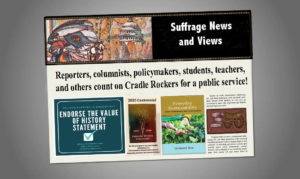 Did you like this article? That’s the feedback we’ve been getting. Kenneth Florey’s web site. The video photos are from Florey’s suffrage memorabilia collection, items that are highlighted in his book on suffrage memorabilia.
Did you like this article? That’s the feedback we’ve been getting. Kenneth Florey’s web site. The video photos are from Florey’s suffrage memorabilia collection, items that are highlighted in his book on suffrage memorabilia.
Follow Suffrage Wagon News Channel on Facebook and Twitter. Quarterly newsletters just by signing up. Join the conversation by commenting on the Suffrage Wagon blog. Stay up to date with audio podcasts and videos. Celebrate women’s freedom to vote.
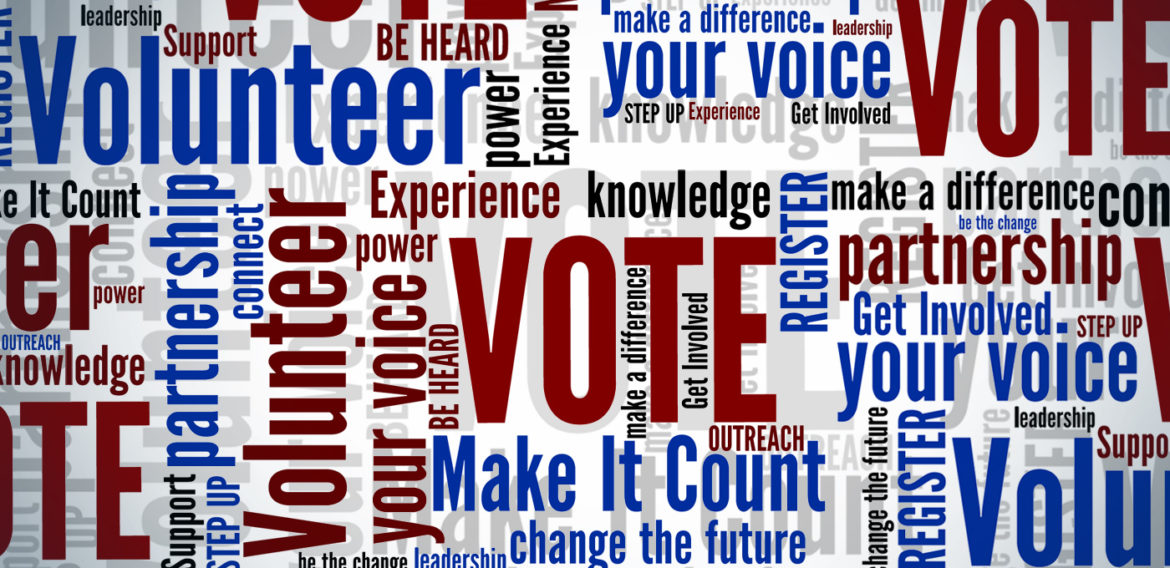
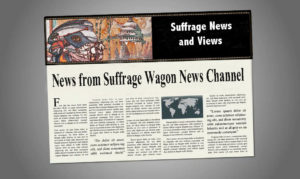
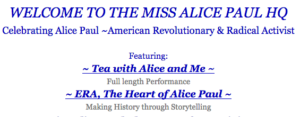
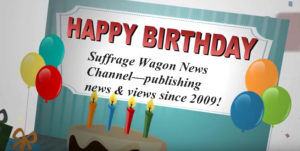
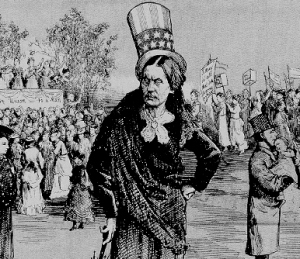
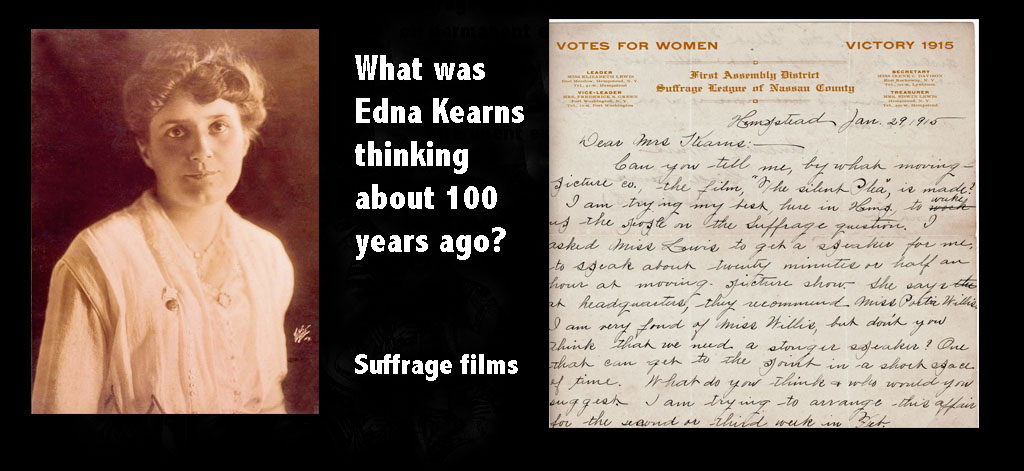
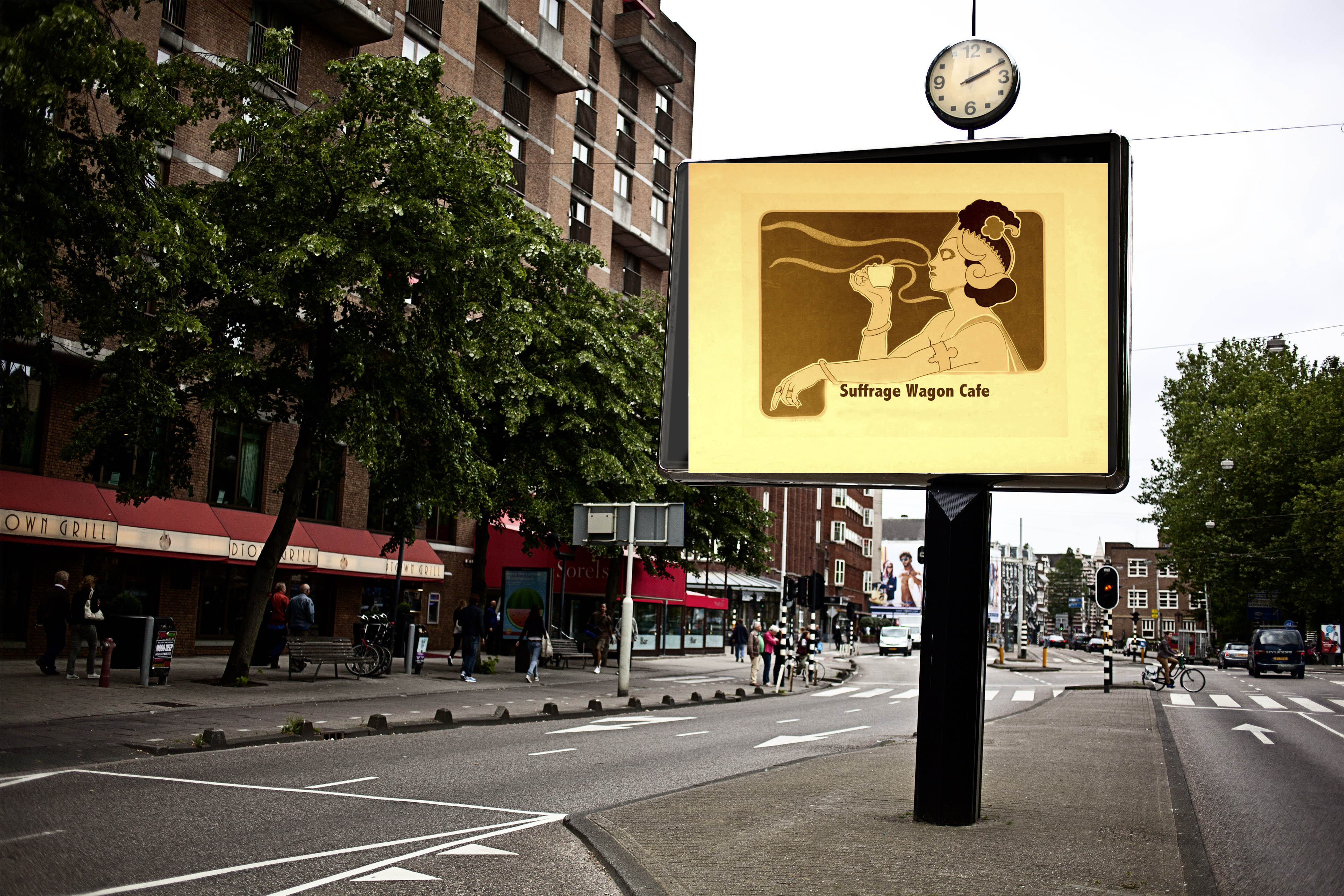
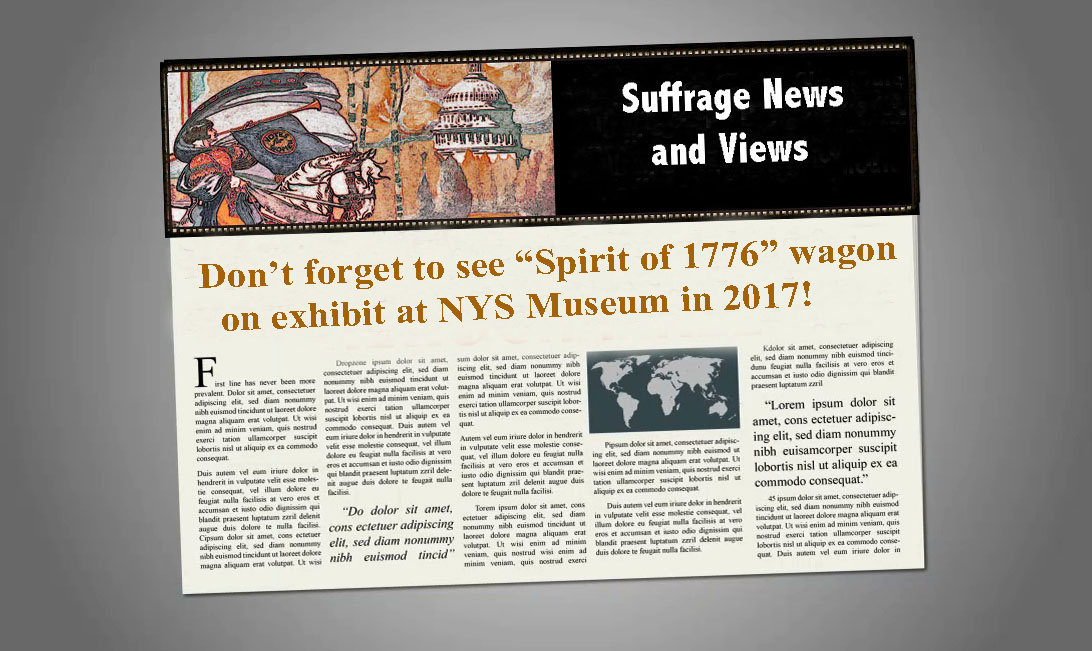
0 Comments